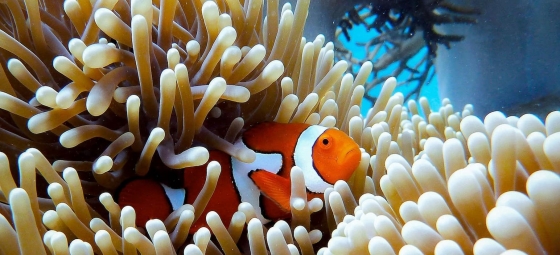Hat Head Climate by Month
Temperatures in Hat Head experience a moderate degree of variance through the seasons.
Days can be warm, while the cooler months tend
to be pleasant.
It also experiences much rainfall throughout the year.
Let’s explore the climate details in depth to provide you with a complete overview.
Average day and night temperature
The climate in Hat Head experiences moderate temperature changes, with mild shifts between seasons. Average daytime temperatures reach a comfortable 27°C in January. In July, the coolest month of the year, temperatures drop to a pleasant 19°C. At night, expect cooler temperatures, averaging 12°C during this month.
The mean minimum and maximum temperatures throughout the year
Precipitation and rainy days
Hat Head has a notably wet climate with abundant precipitation, recording 1128 mm of rainfall per year. Hat Head can be quite wet during February, receiving approximately 149 mm of precipitation over 13 rainy days. In contrast September, experiences much drier conditions, with 49 mm of rainfall, spread across 10 rainy days.The mean monthly precipitation over the year, including rain, hail and snow
Average humidity
The relative humidity is low throughout the year in Hat Head.
Relative humidity over the year
The best time of year to visit Hat Head in Australia
During the months of March, April, May, September, October, November and December you are most likely to experience good weather with pleasant average temperatures that fall between 20°C and 26°C.Other facts from our historical weather data:
January has an average maximum temperature of 27°C and is the warmest month of the year.
The coldest month is August with an average maximum temperature of 19°C.
February tops the wettest month list with 149 mm of rainfall.
September is the driest month with 49 mm of precipitation.
No idea where to travel to this year? We have a tool that recommends destinations based on your ideal conditions. Find out where to go with our weather planner.




